Everyone who knows me, knows I love history. There are several events in U.S. history that came about due to migration, exploration, economics or ‘get rich’ adventure.
The first would have been sailing to the new world from “across the great pond”. We all know about the Pilgrims. The next are truly American phenomena.
The great movement into the West was truly one of the most interesting periods of this nation’s history. The period of time represents one of the greatest movements of humanity we will ever see in this country and is part of an era we will never see again.
Even before the American colonies won their independence from Britain in the Revolutionary War, settlers were migrating westward into what are now the states of Kentucky and Tennessee, as well as parts of the Ohio Valley and the Deep South.
Westward expansion was greatly aided in the early 19th century by the Louisiana Purchase (1803), which was followed by the Corps of Discovery Expedition aka the Lewis and Clark Expedition; the War of 1812, which secured existing U.S. boundaries effectively ended this era.
When God made man,
He seemed to think it best
To make him in the East,
And let him travel west.
During the late 18th and most of the 19th centuries, settlers in the US organized a caravan of wagons emigration to the West. The 19th century saw the development of such famous "roads" as the Santa Fe Trail, the Chisholm Trail, the Oregon Trail, the California Trail (which split southwestward from the Oregon Trail), the Mormon Trail, the Smoky Hill Trail, the Old Spanish Trail and the Southern Overland Mail route. These are the roads the wagon trains, stagecoaches, Pony Express riders and cattle drives traversed.
The settlers would sell off all non-essential items and pack up everything else that they could, as well as provisions for the trail, loaded the wagon and took off. Remember in the day, people packed in trunks, not boxes. Flat trunks worked best as a bed could be made on top of the trunks at night, although many slept in bedrolls under the wagon.
They used covered wagons either of the smaller, lighter Prairie Schooner or the larger, heavier Conestoga wagon style. The wagon often depended on if this was a family or individual hitting the trail. Larger multi-generation families often had a wagon per adult.
Meeting in early spring at a rendezvous town, perhaps near the Missouri River, the groups would form companies, elect officers, employ guides and collect essential supplies while awaiting favorable weather, usually in May. The guide companies had to be prepared for such challenges as crossing rivers and mountains and meeting various ‘hostiles’.
Once organized and on their way, wagon-train companies tended to follow a fairly fixed daily routine, from 4 am rising, to 7 am leaving. Around 4pm the ‘train’ circled the wagons for the evening encampment. Contrary to popular belief ,this circling was to create a “fence” for the animals for grazing. Evening encampment included cooking and tending to chores while the animals grazed and a little simple recreation before early retirement.
Except for the very young, very old, the sick or the injured, just about everyone else besides the driver walked. Those driving or riding in the wagon or walking alongside them, were directed and protected by a few on horseback.
Cattle drives were a major economic activity in the American west, particularly between 1866 and 1886, when 20 million cattle were herded from Texas to railheads in Kansas for shipments to stockyards in Chicago and points east.
Early cattle drives headed west to the California gold fields after 1850, when cattle worth $5 to $10 a head in the southwest U.S. would garner five to 20 times that amount in San Francisco. Most drives to California took five or six months.
Beginning in 1866, however, ranching – and cattle trailing – expanded rapidly. Mostly going to northern and western markets, and later to railroad-loading facilities. In 1866, one cattle drive from Texas had an estimated 260,000 head of cattle crossed the Red River.
Cattle drives had to strike a balance between speed and the weight of the cattle. While cattle could be driven as far as 25 miles in a single day, they would lose so much weight that they would be hard to sell when they reached the end of the trail. On average, a herd could maintain a healthy weight moving about 15 miles per day. Such a pace meant that it would take as long as two months to travel from a home ranch to a railhead.
The Klondike Gold Rush, also called the Yukon Gold Rush, the Alaska Gold Rush, the Alaska-Yukon Gold Rush and the Last Great Gold Rush, was a migration by an estimated 100,000 prospectors to the Klondike region of the Yukon in north-western Canada between 1896 and 1899.
The tenacity, perseverance, fortitude, will and courage these people needed for this era in American history is now needed by anyone who wants to be self-reliant, independent or prepared beyond first aid kits and insurance policies.
If you think the list of goods, knowledge and skills in the following weeks are too much, read on to see what supplies these people had to bring along on their journey to a new and unsettled area. Then stop and think about the few measly things in a basic preparedness list.
Read on and take a gander at these pioneer supply lists!
The next post will start our procurement schedule.
TNT

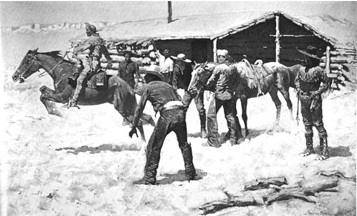
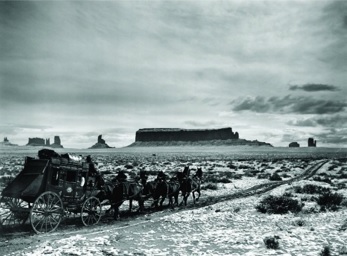
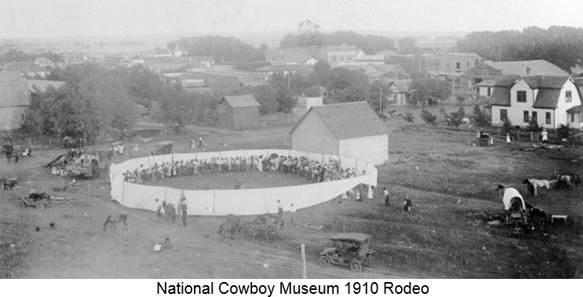
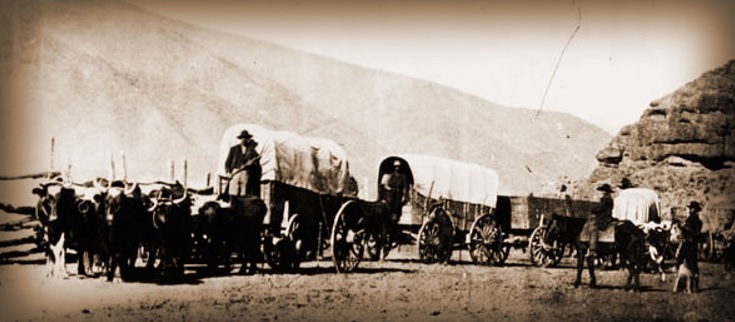
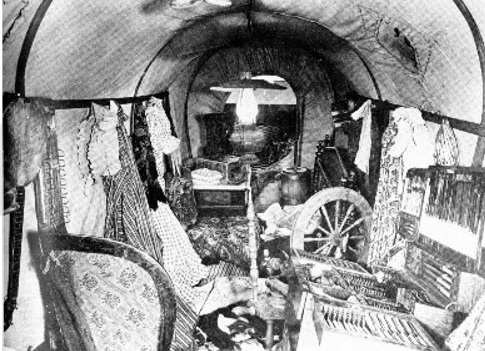
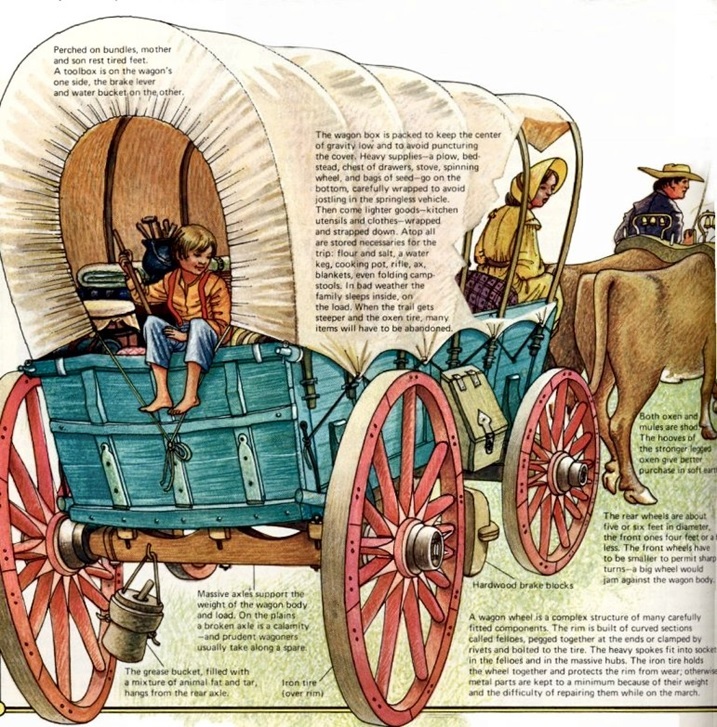
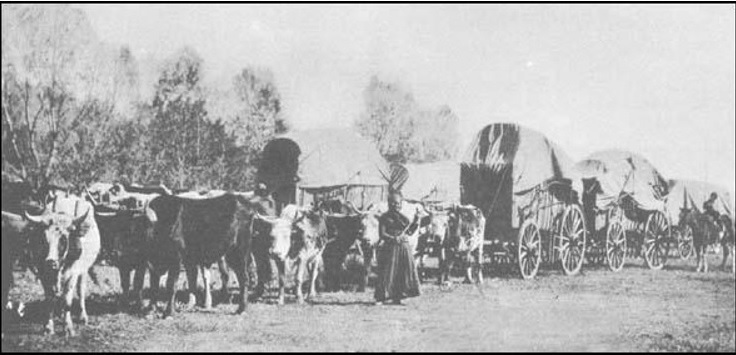

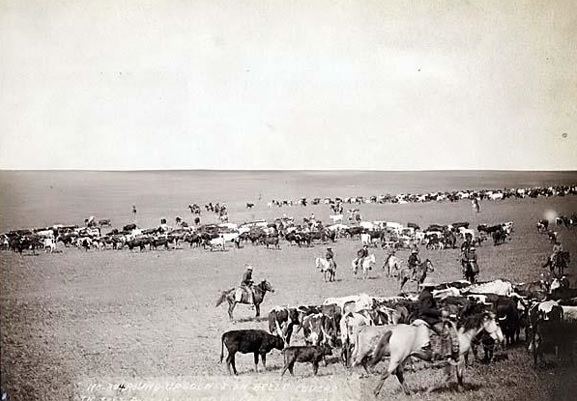
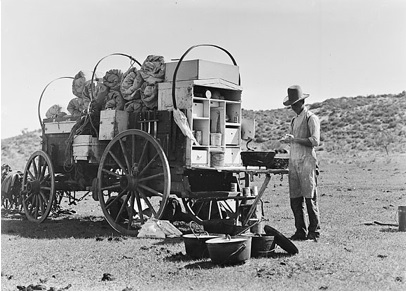
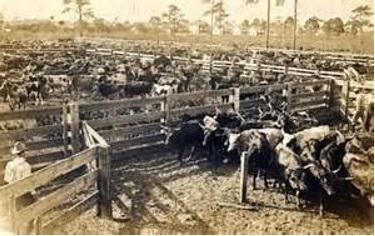
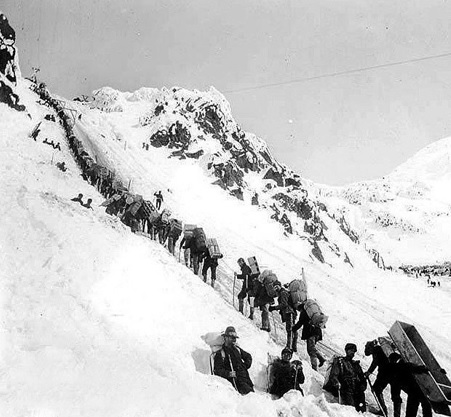
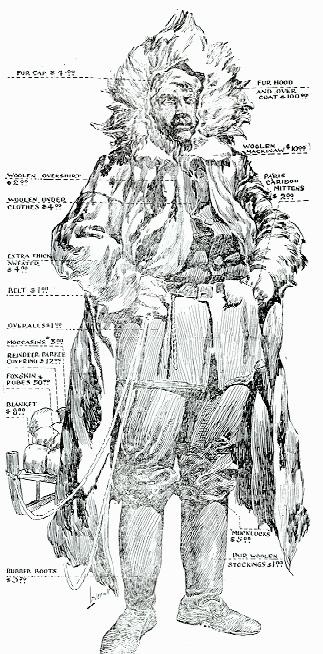
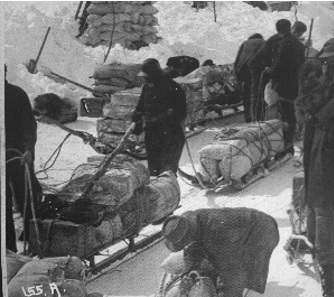

 RSS Feed
RSS Feed
